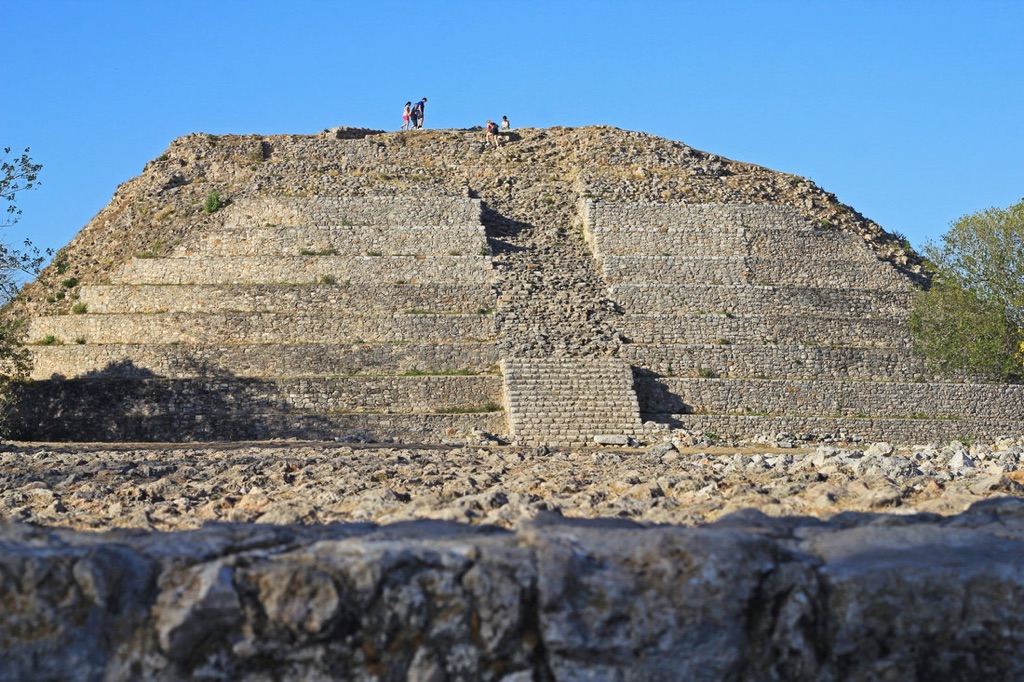In the heart of Yucatán, Mexico, lies the magnificent Izamal Pyramid, a testament to Mayan civilization. Revered by history buffs and adventurers alike, this pyramid, also known as Kinich Kakmó, offers a breathtaking climb with an even more arresting view from the top. Unlike other ancient ruins, Izamal is unique due to the town that embraces it, painting a vivid picture of a place where past meets present. Visitors can walk the same steps ancient Mayans once did, gaining insight into their sophisticated knowledge of astronomy and architecture.
Historical Places
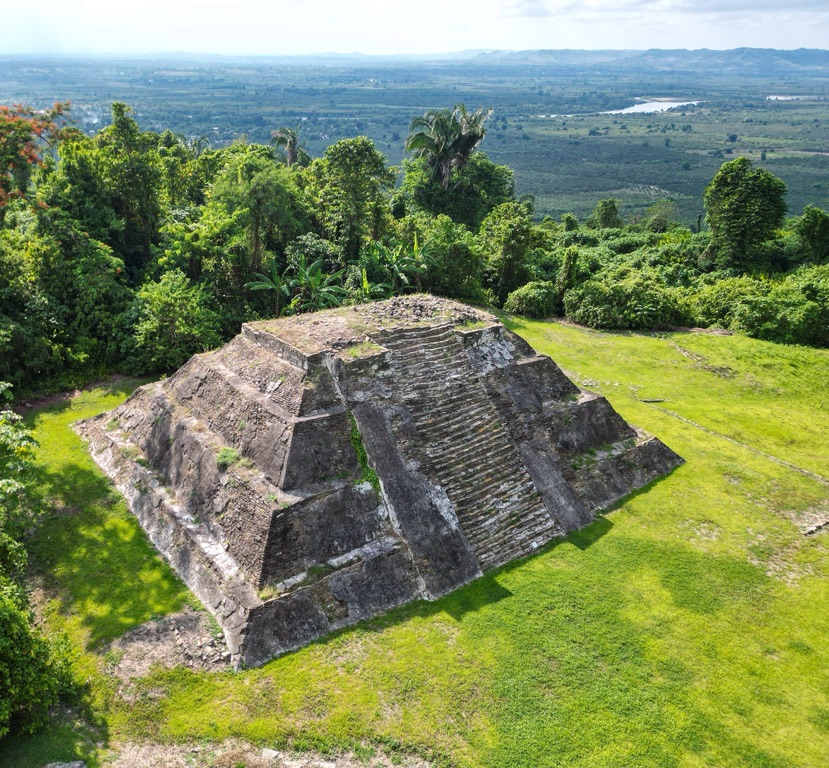
Cuyuxquihui
Nestled in the verdant landscapes of Veracruz, Mexico, Cuyuxquihui stands as a testament to the Totonac people’s ingenuity and culture. This pre-Columbian archaeological site, with roots possibly dating back to the 10th century AD, beckons history enthusiasts and tourists alike. It showcases the Totonac’s advanced urban planning. Visitors can wander through the remains of plazas, ceremonial centers, and ball courts. These structures mirror the community’s social order and their intricate connection with the Mesoamerican world. Cuyuxquihui thrives today not merely as ruins but as a bridge to a vibrant, ancient past.
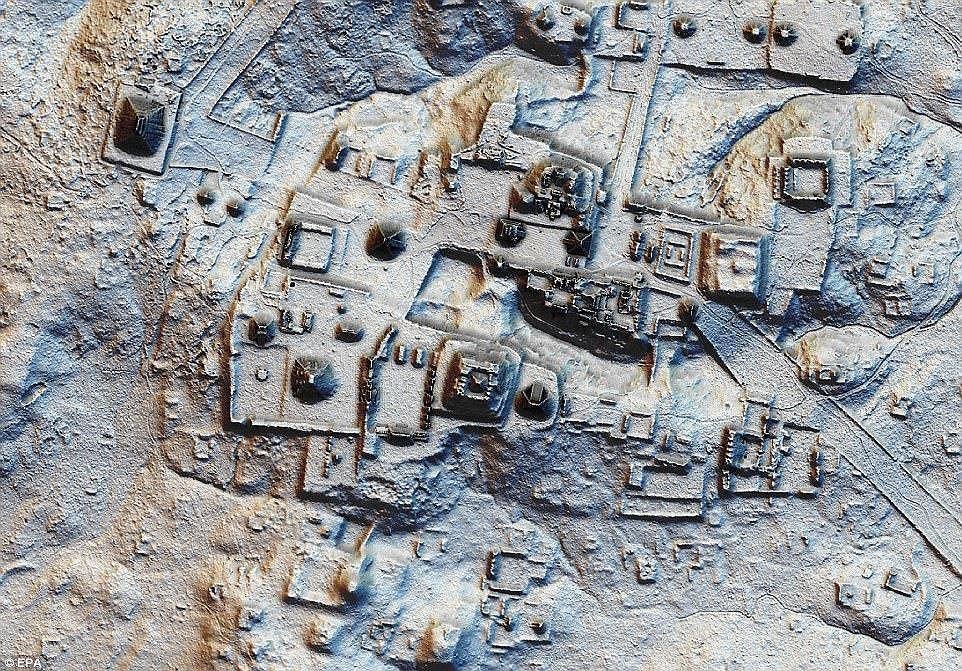
Angamuco – Lost Pyramid City
Angamuco, a lost pyramid city in Mexico, unveils a unique chapter in Mesoamerican history. This sprawling metropolis, home to over 40,000 structures, rivals the size of Manhattan. Researchers believe the Purepecha civilization, rivals of the Aztecs, built it around 900 AD. The city’s discovery enlightens us on this complex society’s urban planning and cultural practices. Most notably, Angamuco features a rare orthogonal layout. This indicates advanced knowledge of architectural design and city planning.
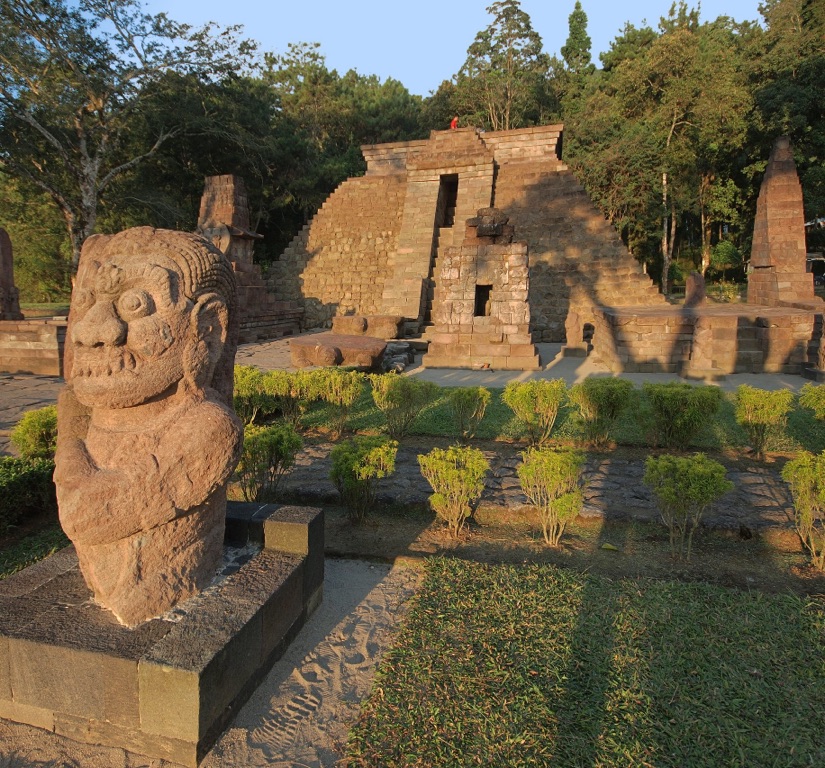
Candi Sukuh Pyramid
Step into the enigmatic realms of Candi Sukuh, a unique Hindu temple situated on the slopes of Mount Lawu in Central Java, Indonesia. This fascinating monument stands out for its pyramidal structure, reminiscent of ancient Latin American architecture. Unlike the typical sharp spires of Javanese temples, Candi Sukuh’s truncated form and unmistakable themes of life and fertility offer a glimpse into a distinctive blend of Indonesian and ancient animist beliefs. Visitors are greeted by a series of reliefs and statues that depict various symbols and rituals, possibly linked to pre-Hinduism practices, making it a treasured asset for cultural aficionados and historians alike.
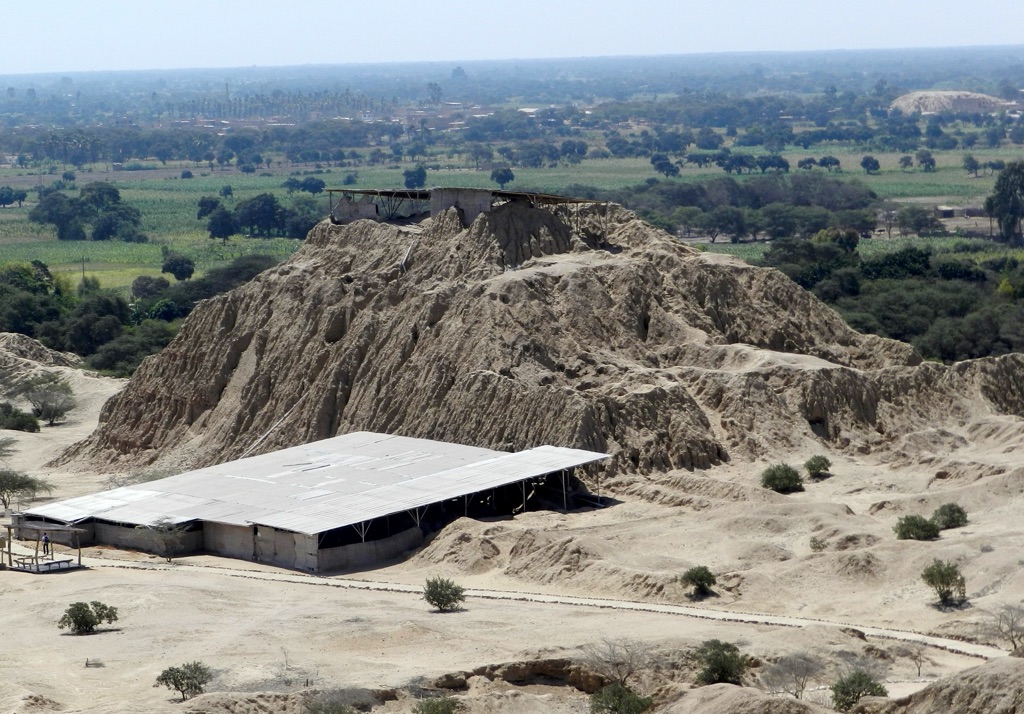
Tucume Pyramids
The Tucume Pyramids stand as a testament to the Lambayeque culture’s architectural prowess. Nestled in the arid landscape of northern Peru, this ancient site spans over 220 hectares. It’s home to 26 major pyramids and mounds. The main pyramid, Huaca Larga, is one of the largest monuments of its kind in South America. Visitors can explore the complex network of platforms, plazas, and intricate adobe friezes. These reveal tales of a civilization that thrived from about AD 1000 until the Inca conquest.
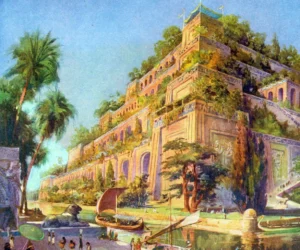
The Hanging Gardens of Babylon
The Hanging Gardens of Babylon stand as one of the Seven Wonders of the Ancient World, yet their existence remains shrouded in mystery. Accounts describe these gardens as a feat of engineering, with lush vegetation cascading from terraces constructed high above the ground. They symbolized the might and innovation of Babylon and King Nebuchadnezzar II, who purportedly built the gardens to assuage his wife’s longing for the green hills and valleys of her homeland. However, the lack of concrete archaeological evidence and contemporaneous records has led scholars to speculate about their actual presence. Some suggest they were purely mythical or located elsewhere. Despite the unknowns, the image of the Hanging Gardens continues to capture people’s imagination and represents the splendor of ancient civilizations.

